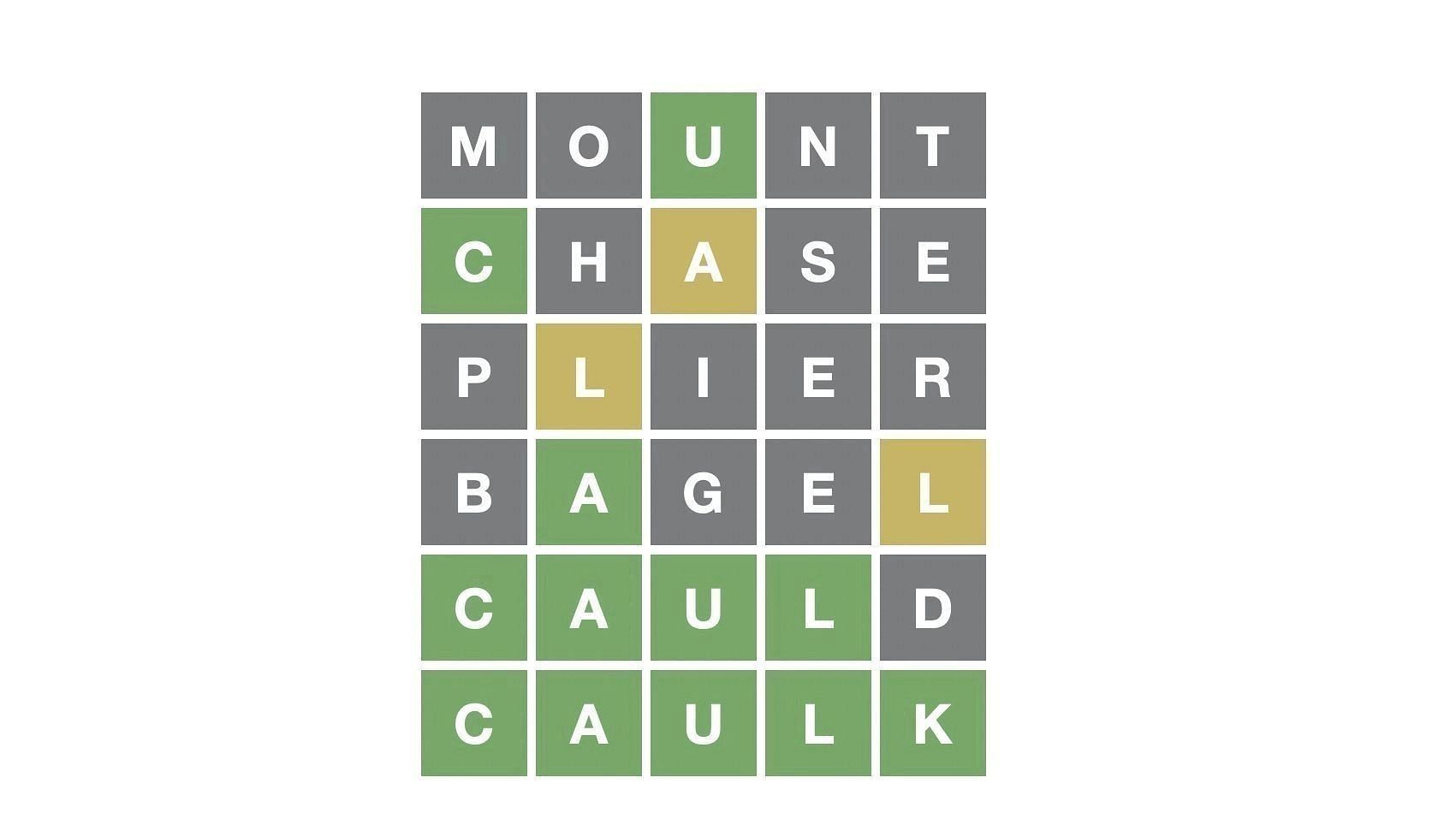The price of Rajamudi, a rice variety cultivated in a small area around Hassan which is popular for its taste and perceived health benefits, has hit a record high. If the regular Sona Masuri rice varieties saw a rise in prices by an average of 25% due to deficient rainfall earlier, the Rajamudi variety has seen a steep hike of almost 100%.
With the Rajamudi cultivated area coming down this year due to drought, the price in Bengaluru increased to a range of ₹100 to ₹110 a kg a fortnight ago, from ₹52 to ₹60 a kg a few months back. The organic Rajamudi variety costs around ₹130 a kg and above. A quintal of Rajamudi paddy that was around ₹2,500 last year, is now more than ₹4,000, a record high for this variety.
Growing areas
Severe drought in the unique cultivating area in Holenarsipur, Channarayaptana, and Arkalgud taluks of Hassan district, parts of Periyapatna taluk of Mysuru district, and parts of Kushalanagar in Kodagu district has led to a steep reduction in the cultivation of Rajamudi this year. While the current stock that is being sold is from the December 2022 harvest, the new paddy will be harvested this month but the yield is expected to be low. Unlike other paddy varieties that are about 120-day crops, Rajamudi is a 140- to 150-day crop.
“Farmers dependent on the Hemavati water from the reservoir at Gorur did not get sufficient water from canals and a large area remained uncultivated. Those who receive the Hemavati water through gravitational canals directly from the river had cultivated sugarcane already,” Hoysala S. Appaji of Rajamudi Growers’ Association in Holenarsipur told The Hindu. “Against a normal 1 to 1.25 lakh acre under Rajamudi cultivation, this year saw a cultivation in about 30% to 40% of the total area.” He said that whatever is trickling into the market now is what is being sold by farmers who had held a small stock for their personal consumption.
Dattatreya, a farmer at Kanagalu village in Periyapatna taluk, said that those farmers cultivating in command areas of tanks where water was available could grow Rajamudi. “Farmers have also reduced Rajamudi cultivation since it is not lucrative. The yield is about 16 to 18 quintals an acre. Due to erratic rainfall this year, some farmers also shifted to ragi.” He said, “Farmers have not benefitted much from the price increase. By the time the price went up most farmers had sold their produce. Only a few who had held stocks have benefitted.”
Where is the crop?
Acknowledging the huge price increase, president of the Bengaluru Wholesale Grains and Pulses Merchants Association Ramesh Chandra Lahoti said, “It is true that the price of Rajmudi has doubled. But where is the crop? There is no water or rain. We have to see in December what quantity of Rajamudi flows into the market and that will determine prices.”
In contrast, he pointed out that the price of the new arrival of Sona Masuri varieties had dropped by 6% to 8% whereas the price of old rice remained steady. “The wholesale price of old raw rice in Sona Masuri variety is about ₹55 to ₹60 a kg whereas the price of new arrivals of raw rice is around ₹52 a kg. The price of Sona Masuri steamed rice in the new crop this year is about ₹48 a kg.”
Sunil Kumar of Bengaluru-based Arogya Organics, which sources Rajamudi from organic FPOs, admitted that the sale of Rajamudi had taken a hit due to high cost while there had been variations in supply too. “Organic Rajamudi which was around ₹70 a kg a few months ago, is now around ₹130. Though a similar spike had happened a couple of years ago despite a good crop, Rajamudi breached the ₹100 mark for the first a fortnight ago.”

 5 months ago
80
5 months ago
80



